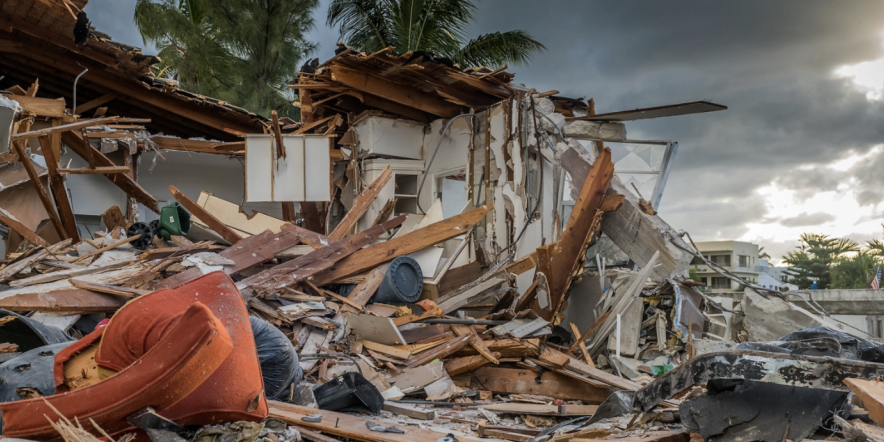The intelligence community’s primary research arm launched a new program to develop software algorithm-based systems that will fuse imagery captured from various altitudes and angles — including from traffic cameras, drones, satellites, and other platforms — to build immersive, photorealistic virtual environments of unfamiliar locations across the globe. Through its new Walk-Through Rendering Images of Varying Altitudes (WRIVA) program, the Intelligence Advanced Research Projects Activity (IARPA) will foster technology to acquaint government officials with potentially dangerous places before they deploy there.
“Imagine if law enforcement, the military, or aid workers could virtually drop themselves into a location and look around and become familiar with it before their arrival. These groups often have to deliver rapid support and lifesaving aid to unfamiliar or dynamic areas. Allowing them to prepare ahead of time helps keep them out of harm’s way when they have to conduct these activities,” IARPA Program Manager Ashwini Deshpande told reporters Friday during a preview of the project and the accompanying broad agency announcement (BAA) for federal funding.


